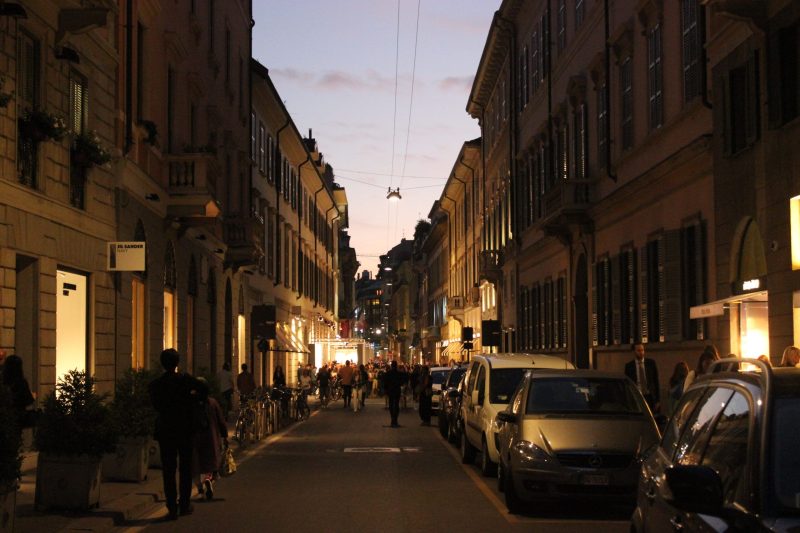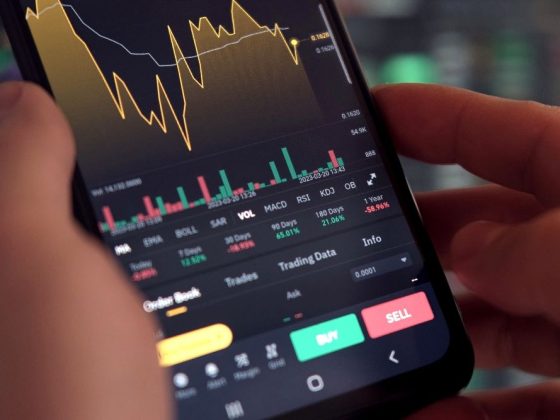Milan’s Via MonteNapoleone has officially been named the world’s most expensive shopping street, dethroning New York’s Upper Fifth Avenue.
According to Cushman & Wakefield’s annual global index, the Milanese street commands an average rent of €20,000 per square metre annually, compared to €19,537 per square metre for Fifth Avenue.
The surge in rents reflects a 11% growth for Via MonteNapoleone compared to last year, which shows its desirability for global luxury brands, from haute couture to fine jewellery and even artisanal pastries.
Global rankings see European streets rise
While Fifth Avenue dropped to second place, London’s New Bond Street climbed to third, boasting a 13% rise in rents to €17,210 per square metre.
Paris’ Avenue des Champs-Élysées retained fifth place, with rents increasing by 10% to €12,519 per square metre.
Hong Kong’s Tsim Sha Tsui slipped to fourth, while other notable European streets, such as Zurich’s Bahnhofstrasse (7th) and Vienna’s Kohlmarkt (10th), also made it to the top 10.
Cushman & Wakefield’s report revealed rent increases in 79 of the 138 streets surveyed globally.
European cities, particularly in Italy, France, and the UK, demonstrated strong growth, driven by a sustained demand for luxury retail spaces.
Source: Cushman & Wakefield
What makes Via MonteNapoleone so exclusive?
Spanning just 350 metres in Milan’s famed Fashion Quadrilateral, Via MonteNapoleone combines exclusivity with proximity to cultural landmarks and luxury services.
Guglielmo Miani, president of the MonteNapoleone District association, said the street’s compact size was a key advantage.
“Not everything can fit, which is a benefit,” Miani said in a Euronews report, emphasizing that limited space enhances its exclusivity and dynamism.
The biggest brands on the street, including long-time tenant Fendi and soon-to-arrive Tiffany’s, generate annual sales between €50 million and €100 million.
This level of turnover helps them offset sky-high rents.
The district recorded 11 million visitors from January to November this year, though exact figures for big spenders versus window shoppers remain elusive.
According to Global Blue, the average receipt on Via MonteNapoleone between August and November was €2,500, the highest globally.
The street’s luxury reputation draws affluent shoppers, with Maseratis, Porsches, and Ferraris often spotted outside its stores.
Outlook for global retail hotspots
With e-commerce continuing to grow, the enduring demand for physical retail spaces in prime locations demonstrates their critical role in brand strategy.
“These internationally renowned streets offer brands the opportunity to strengthen their presence and optimise the customer experience. Luxury and mass-market brands are increasingly relying on physical stores as extensions of their brand and showcases for exclusive products,” said Andreas Siebert, Head of Retail Investment Germany at Cushman & Wakefield.
As Milan’s Via MonteNapoleone secures its position as the epitome of luxury, its rise reflects broader trends in global retail, where exclusivity, culture, and experience drive success.
Despite being bumped to second place, New York’s Fifth Avenue remains a powerhouse of retail.
Madelyn Wils, interim president of the Fifth Avenue Association, acknowledged Milan’s achievement but expressed confidence in Fifth Avenue’s future.
“Milan’s investment in its public realm is paying off, but with new investments and record sales, we’ll be back on top in no time,” Wils said, as reported by Euronews.
The post How Milan’s Via MonteNapoleone became the world’s priciest street appeared first on Invezz


